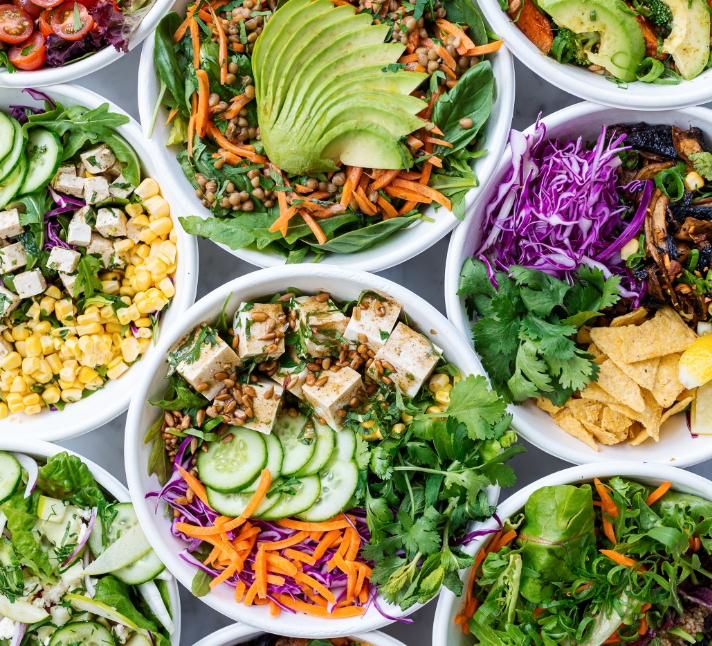
Since no single food provides all the nutrition a human body requires, the healthiest meals feature a balanced variety of different types of foods. The food pyramid, which was developed by the U.S. Department of Agriculture (USDA), is designed to help you understand the components of a balanced diet and to assist you in making healthy food choices when planning your meals.
The USDA Food Pyramid
The USDA food pyramid divides food into six food groups: grains, vegetables, fruits, dairy, meat/beans, and fats/oils/sweets.

The width of each food group’s “slice” of the food pyramid represents a general estimate of how much of your daily diet should include that food group. For instance, vegetables and grains should be major parts of your diet, but oils, fats, and sweets should be eaten sparingly. In 2005, the USDA developed an online interactive food pyramid, called MyPyramid, that indicates how many servings of each food group you should eat per day. By visiting www.mypyramid.gov and entering your age, sex, and level of physical activity, you can generate a personalized food pyramid of your own.
Principles of Nutrition to Consider When Planning Your Meals
The main lesson to take from the food pyramid is that you should aim to plan meals that are as nutritionally balanced as possible—i.e., that include each of the food groups. However, there are also a number of guidelines you should follow within each of the different food groups as you plan your meals.
- Grains: Not all grains are created equal. Use nutrient-rich whole grains, such as whole wheat products and brown rice, for most meals, and use refined grains, such as white flour and white bread, sparingly.
- Vegetables: Different vegetables contain different nutrients, so eat a variety of green vegetables (broccoli, spinach, most greens), orange vegetables (carrots, squash, sweet potatoes), starchy vegetables (corn, potatoes, green peas), and miscellaneous vegetables (cucumbers, celery, tomatoes, onions, peppers, beets, mushrooms).
- Fruits: As with vegetables, it’s best to incorporate into your meals a variety of fruits, such as apples, bananas, berries, citrus, melons, peaches, plums, and raisins. Only serve 100% fruit juice, as other juices often contain lots of sugar and few vitamins or nutrients.
- Dairy: Focus on dairy products that are calcium-rich, such as milk, cheese, and yogurt. Though cream cheese and sour cream may taste like dairy, they contain little calcium. The healthiest dairy is low in saturated fat, such as low-fat cheese and skim milk.
- Meat and beans: Every meal should include poultry, fish, red meat, nuts, or beans, as they are the best sources of protein. Since red meat contains a lot of saturated fat, it should not be your sole source of protein. Instead, plan meals that incorporate a variety of protein sources during the course of the week.
- Fats, oils, and sweets: Fats, oils, and sweets should be consumed sparingly. In particular, avoid using animal fats (like butter), and instead use nonhydrogenated plant oils such as olive oil, canola oil, corn oil, peanut oil, or sunflower oil.

